A new exhibition at the Leica Galerie in Konstanz, Germany, presents Paolo Burlando, a documentary photographer from Italy. He captured urban scenes worldwide long before the term “street photography” was invented. So let’s meet the man with his Leica M cameras.
He always has a Leica M with him. An M6, his favourite M9 or the M (type 262). A 35 or 50 Summicron mounted. A small bag. But its owner is always wide awake, eyes open, mind open, sensitive and sensible. This is Paolo Burlando. A polite and modest man, standing in his own showroom, calm and collected. And yet he has the privilege of being the artist of one of the four exhibitions that the Leica Galerie in Konstanz, Germany, holds each year. About 60 pictures on the walls tell the story of a man who likes people. A humanist, if you like.
Paolo Burlando raises great interest
The opening days of the gallery were very busy, and Paolo Burlando had to deal with many people as he guided visitors through his exhibition. It’s a special courtesy that the gallery extends to both visitors and artists: The morning after the opening, they organise a guided tour with the artist themself. While it used to be taboo in art for the artist to explain his work, the curators in Konstanz are pragmatic: if there is a demand for such an event, they say, then they will offer it.
His idols are the great post-war photographers
Paolo Burlando’s works are all in black and white, and he says that the great photographers of the late 1940s to the 1970s are his inspiration: René Burri, Werner Bischof, and Cartier-Bresson, of course. The influence is clear in the images, and it is not surprising that Paolo Burlando once considered a career as a photojournalist. Instead, he went into engineering and is now a professor of hydrology at ETH Zürich, one of Europe’s top universities.
The Leica is Paolo Burlando’s tool for a number of reasons
Burlando says he is an autodidact but has learnt a lot from books, magazines and exhibitions since the age of 17. The year 2000 was a turning point in his career as he, following a wish many aspiring photographers feel, entered the rangefinder world. “I got a used Leica M6 for my 40th birthday,” says Burlando, “with one lens. It changed the way I took pictures. Since then, he has stuck to the rangefinder, preferably with a Summicron 35 attached. Leica is his camera of choice “because of the optical quality, the discreet look, the portability and, yes, the iconic design”.
The Konstanz exhibition is his biggest so far
Soon after he began to take information photography more seriously, he had success. Two of his images were curated to be part of the digital exhibition project ‘Family of Man 2’ by the US-based Leica Users Group. In Konstanz, he has his largest gallery exhibition to date, with more than 60 images in three groups: Europe, Asia, and America. Most of the photos show people in some kind of urban setting, but there are also several landscapes.
Digital and analogue workflow with M10 and M6
Paolo Burlando says: “I mainly shoot digital these days, simply because it is more convenient, but the M6 still sees some use with black-and-white film. The original colour DNG files from his M10 are converted to TIFFs and then processed in Silver Efex. He has his films processed in a professional lab and then scans the negatives. The exhibition shows prints from both workflows, making for a very nice contrast. The analogue images, printed from the digital scan, of course, have a special appeal because of their grain.
“I’m a fundamentalist”, Paolo Burlando confesses
All in all, the exhibition is an excellent example of what a serious amateur photographer can achieve. One element of this is the constant pursuit of perfection. “I am a fundamentalist,” says Burlando, “black and white, no cropping, no excessive post-processing. During the opening, a teenage girl asked Paolo Burlando how he works and what it takes to achieve such pictures. He said, and I have nothing to add: “Patience, an ever better-trained eye, a well-stocked memory of images and curiosity”.
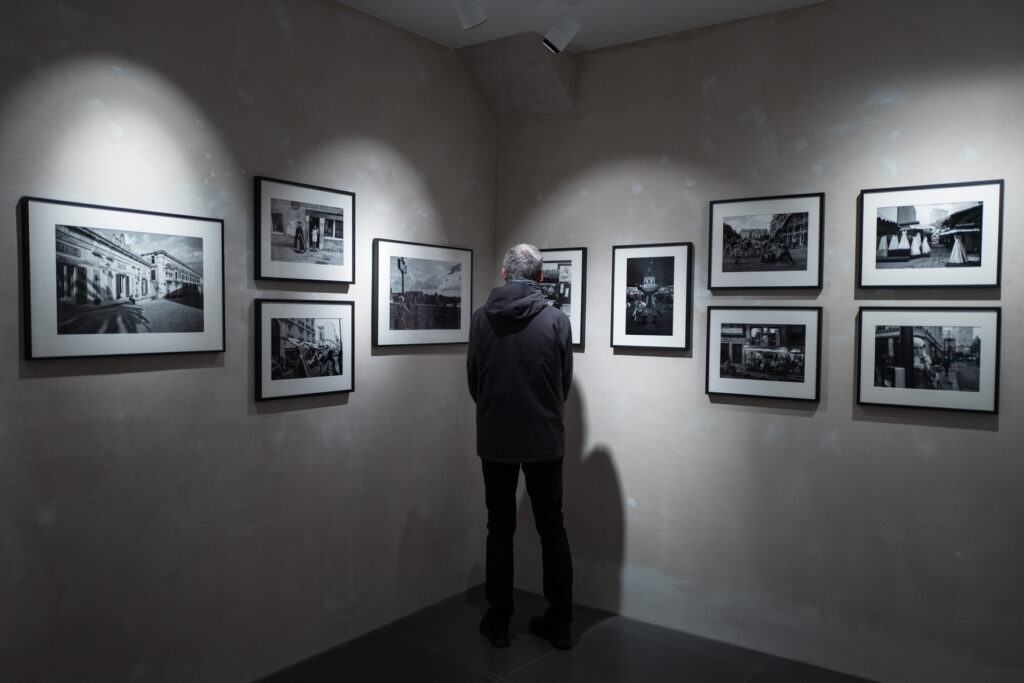
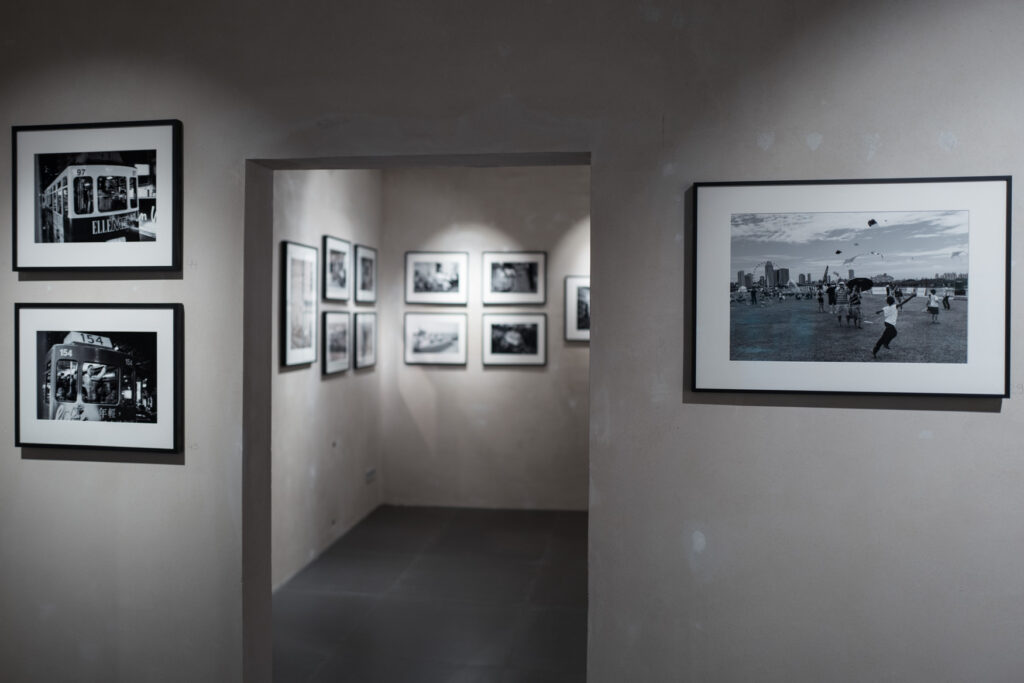
“Paolo Burlando – Genius Loci”: Exhibition until April 8. Leica Galerie Konstanz, Gerichtsgasse 14 (in the historic centre, near the railway station and harbour). Open Monday to Friday, 10 am to 6.30 pm, Sat 9.30 am to 2 pm or by appointment (+49 7531 916 33 00, info@leica-galerie-konstanz.de). Free admission.
More on Lecia Store Konstanz
Read more from the author
Join the Macfilos subscriber mailing list
Our thrice-a-week email service has been polished up and improved. Why not subscribe, using the button below to add yourself to the mailing list? You will never miss a Macfilos post again. Emails are sent on Mondays, Wednesdays, and Fridays at 8 pm GMT. Macfilos is a non-commercial site and your address will be used only for communications from the editorial team. We will never sell or allow third parties to use the list. Furthermore, you can unsubscribe at any time simply by clicking a button on any email.
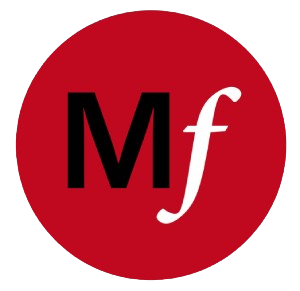
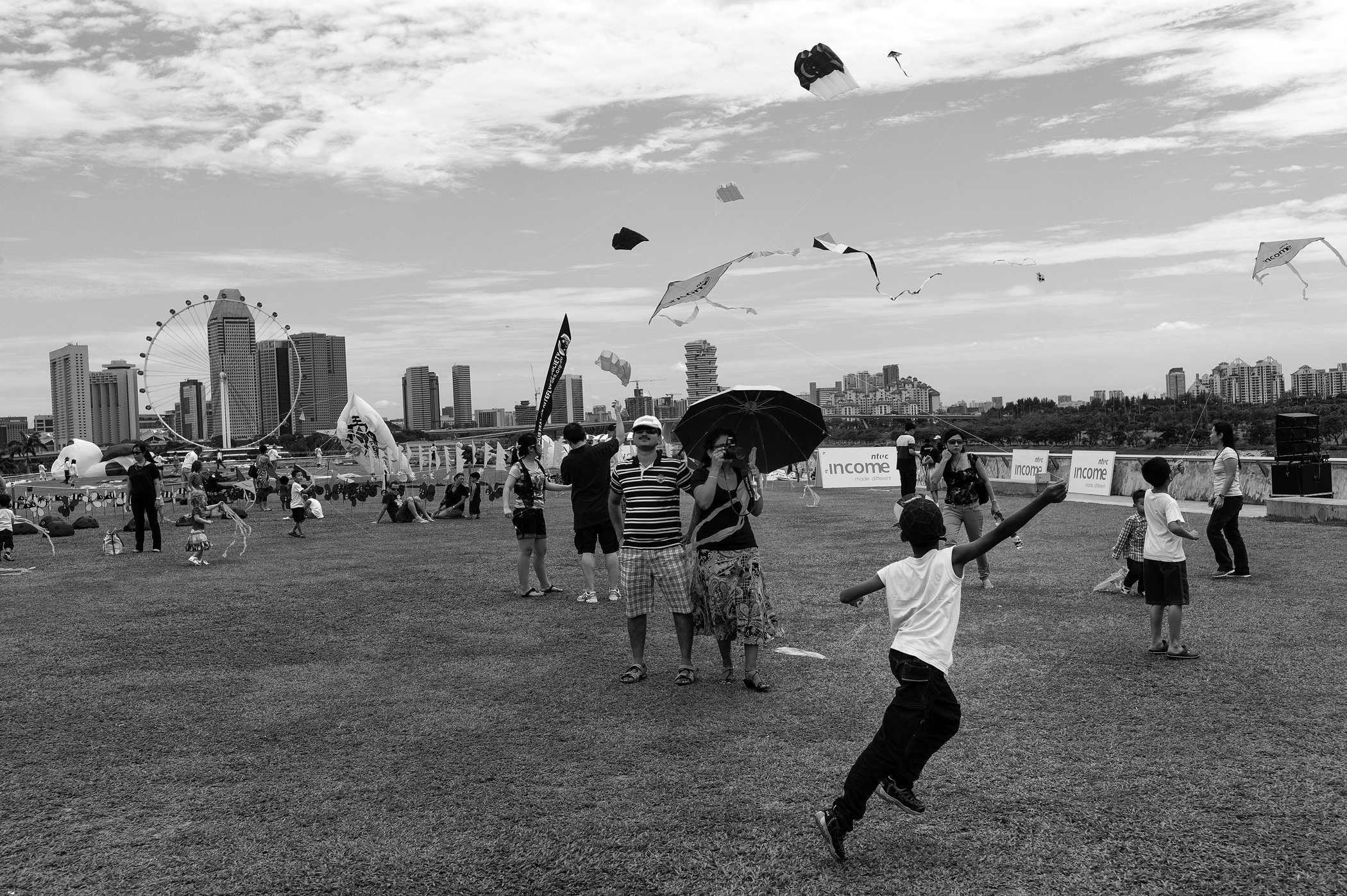
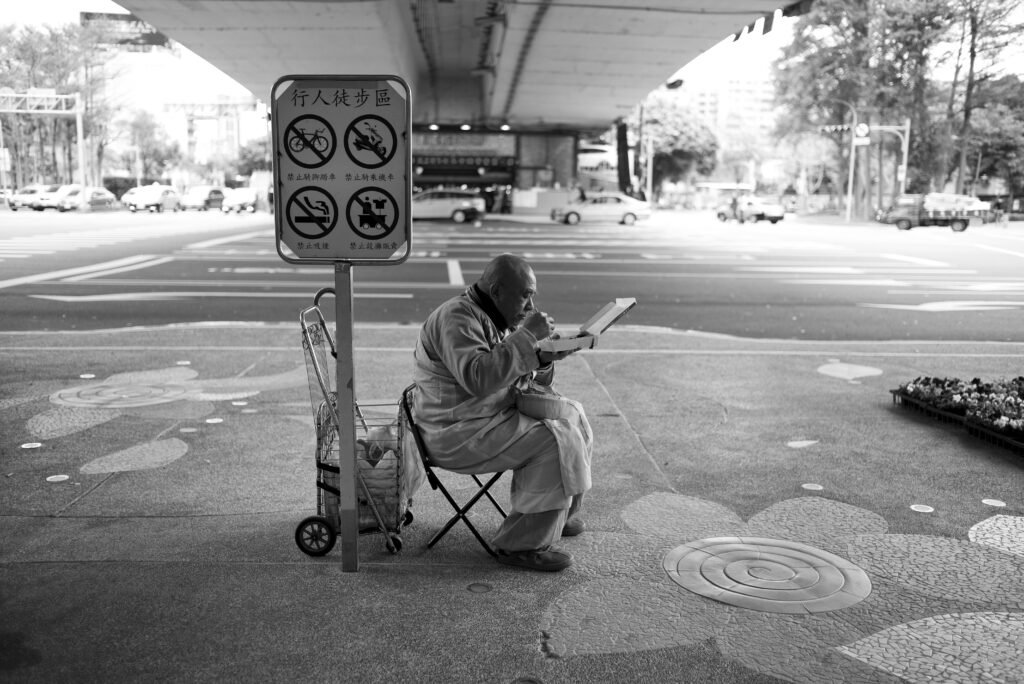
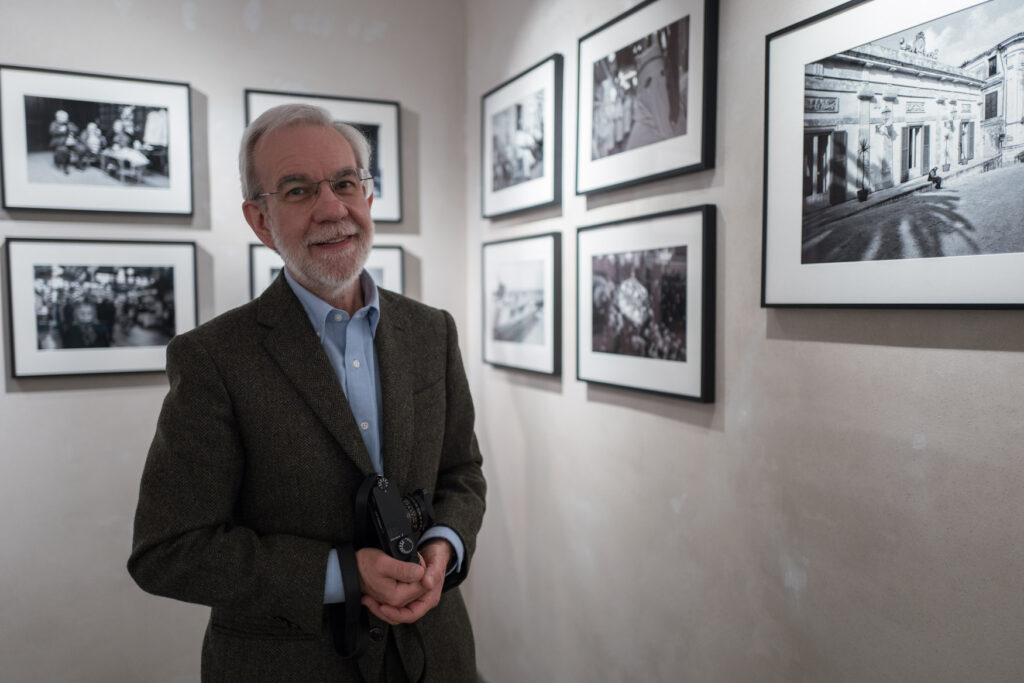
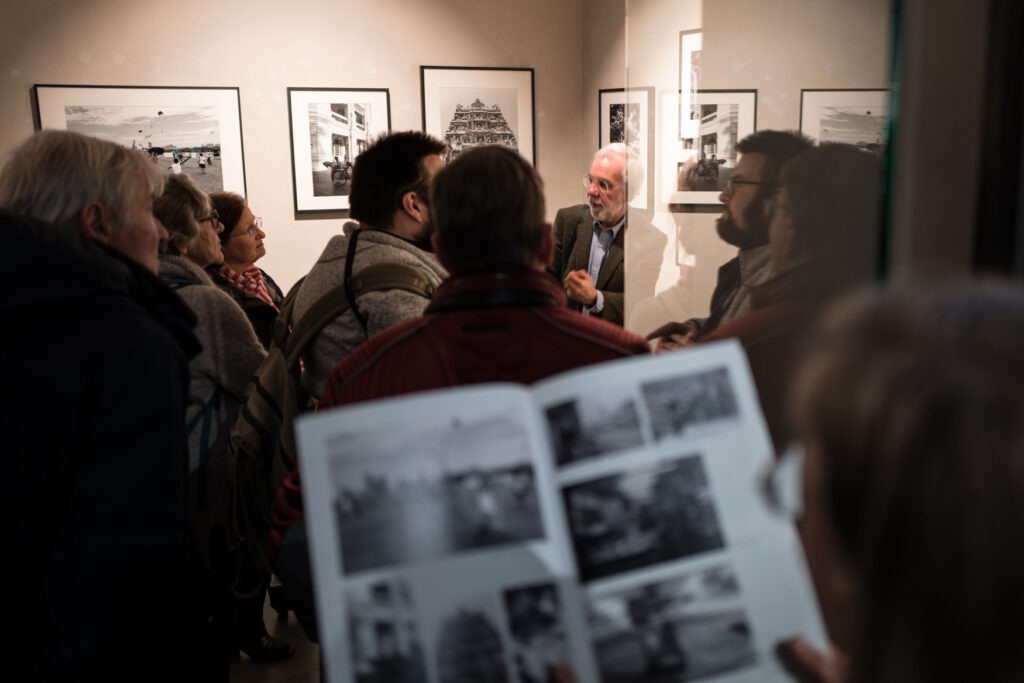
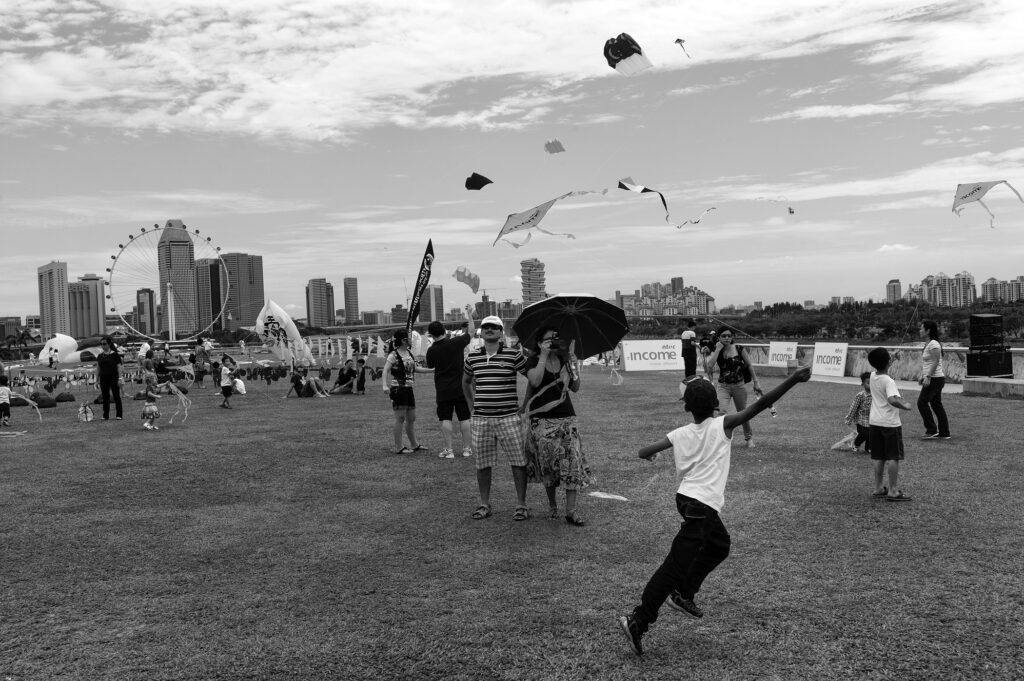
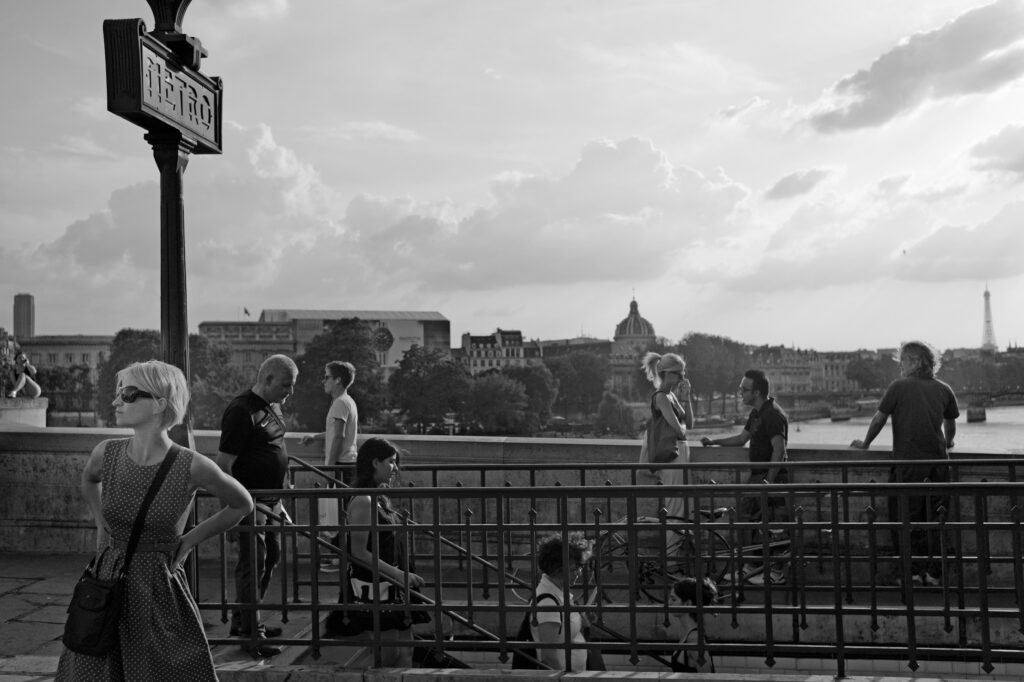
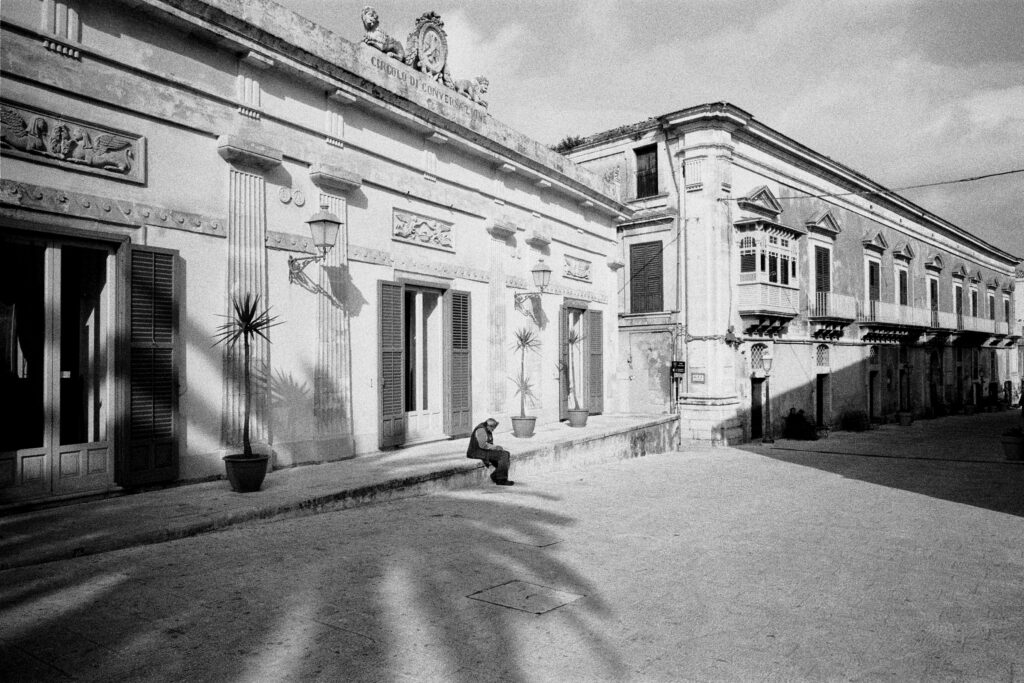
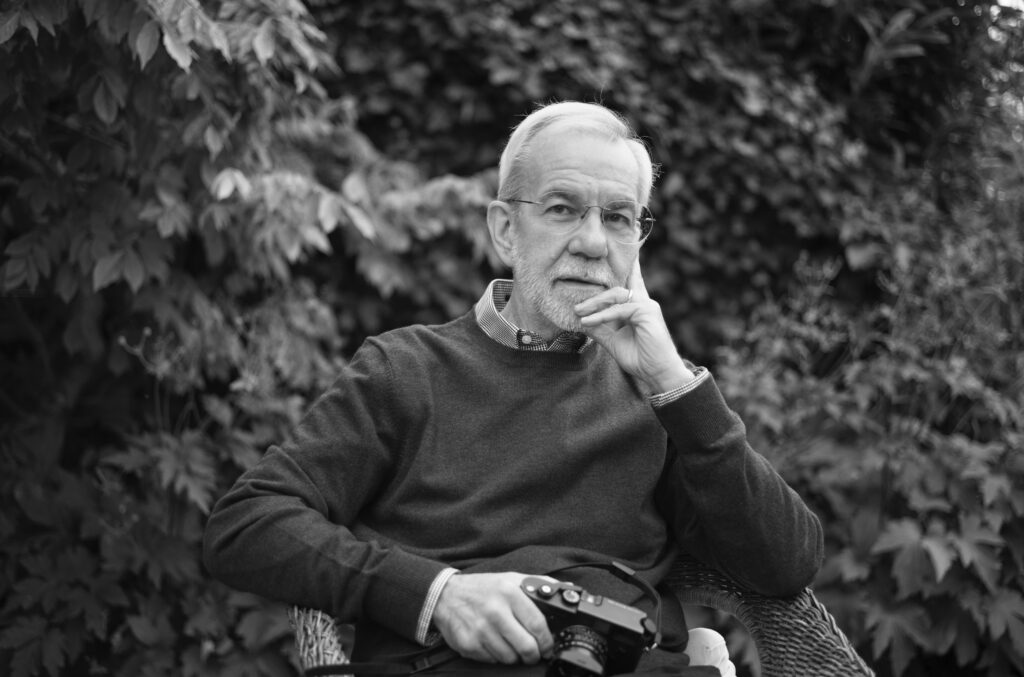
TO me I think he is closest to HCB, I LIKE YOU REALLY LOVE THAT PHOTO IN ITALY. That is really a collection that belongs in a book, does he have any books I can buy. Next to being there that is the best way to be close to these wonderful pics. Thank you
I like his view of the world as seen through his photographs. It reinforces what J-P notes is a gentle, humanist view with an engineer’s view of framing. It is the Paris shot I find most interesting where the direction and space between each person in the shot is either deliberate and/or sheer luck. It could have been marred easily if the photographer had not pressed the shutter at the moment he did. I also like J-P’s favourite of the exhibition. The shadows on the left and right of the frame work like a vignette and my eyes go to the person sitting by the side of the road. Why he’s there is not clear. I notice the carved figures on the roof and again I feel the angle and the framing here is deliberate too.
Thanks, Farhiz, for your feedback. Burlando‘s images deserve a second of third look as I replied above. Nice to read that I was able to motivate you to do so. JP
Thanks for this — I suspect many of us, like myself, appreciate being able to ‘see’ exhibitions we haven’t the slightest chance of ever visiting.
As a (retired) academic, I know ETH Zurich as one of the premier research institutions in the world. I’m amazed that Burlando can hold a professorship and develop into an accomplished photographer.
I liked your description of him as a ‘humanist’ photographer, avoiding the (to me, over-hyped) term ‘street’. The article inspired me to search online for more of his photos; what felt like a photographer gently amused by humanity.
Well worth being introduced to his work.
Indeed, Kathy, I am also in awe for his approach to photography. Paulo Burlando is serious about it, and yet he comes across very gentle. That’s what I also see in his images. Not the big effect, no drama, just small observations and many details.
Thanks for this — I suspect many of us, like myself, appreciate being able to ‘see’ exhibitions we haven’t the slightest chance of ever visiting.
As a (retired) academic, I know ETH Zurich as one of the premier research institutions in the world. I’m amazed that Burlando can hold a professorship and develop into an accomplished photographer.
I liked your description of him as a ‘humanist’ photographer, avoiding the (to me, over-hyped) term ‘street’. The article inspired me to search online for more of his photos; what I found felt like a photographer gently amused by humanity.
Well worth being introduced to his work.
Hi Joerg-Peter, thanks for sharing your experience of visiting this exhibition, especially since few of us would have the opportunity to see it in person. I have to say though that I did not see anything remarkable in the photographs you shared. Perhaps they need to be seen in the historic context in which they were taken, or perhaps there were others that were more noteworthy. Apart from the first, of the person eating beneath a flyover, these seemed to be just random shots of people in different settings. The street photography I consider most interesting captures something visually arresting that makes me stop think. Still, thanks again for letting us join you at the gallery! Cheers, Keith
I had the same sensation at the first look, Keith. Later, the woman in Paris shot brings some interest and an air of the eternal Paris. In the same manner the jumping kid in Singapore makes it suggestive. First and last shots nevertheless are sad and overall unsatisfactory in my view.
Thanks JP for bringing Konstanz here again.
Dear Keith and George, some of the images deserve a second or third look. In the exhibition, the rather large prints reveal much more than the digital versions here. A lot lies in the details of these images, and especially the analoge ones have a quality of their own because a beautiful grain. But of course everyone is free to be not convinced. JP
Thank you, Joerg-Peter, for your illustrated review of an exhibition too remote for me to visit in person. Paolo looks like a ‘gentle’ man, in his fine monochrome self-portrait.